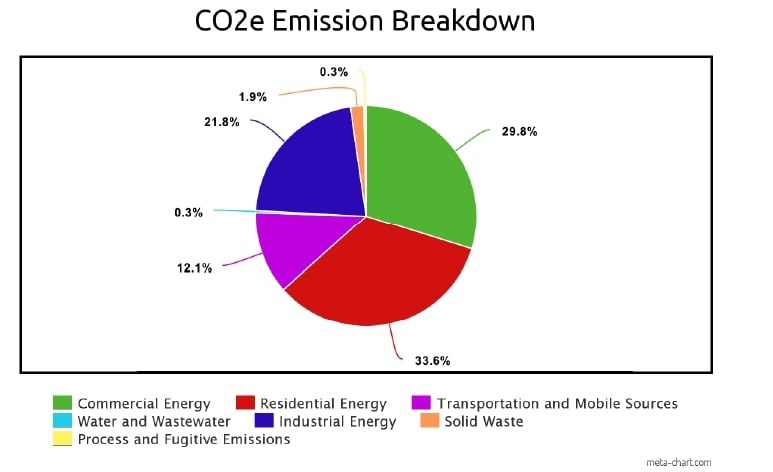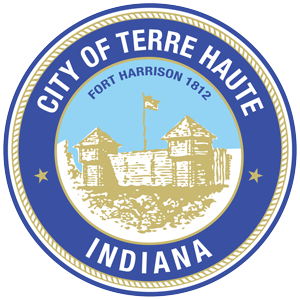
Executive Summary
As per the Climate Change Resolution, the Sustainability Commission will use data from the
Greenhouse Gas Inventory to craft the Resilient Terre Haute Climate Action Plan. The
Resiliency Cohort arranged the Greenhouse Gas Inventory which was carried out by Indiana
State University’s Office of Sustainability. The inventory collected data from 2019, and the
results were published in 2022. This report is designed to convey the data from the
inventory to the public in a simple, easily comprehensible format. Additionally, it will be
used to help the Sustainability Commission in its various tasks and also serve as the
foundation for the Resilient Terre Haute Climate Action Plan.
Key Findings
The Greenhouse Gas Inventory measured data in metric tons for CO2, CH4, and N2O. For
the sake of clarity and simplicity, all numerical values in this report will be in CO2e. CO2e
converts all the greenhouse gas emissions (that were measured in the inventory) into the
equivalent amount of carbon dioxide, which means that CO2e can represent emissions for
all three greenhouse gasses that were included in the Greenhouse Gas Inventory. The
results of the Greenhouse Gas inventory show that the greatest source of CO2e emissions
for Terre Haute in 2019 was Residential Energy, with the next two largest sources being
Commercial Energy and Industrial Energy.
Next Steps
Terre Haute’s Sustainability Commission will use the results from the Greenhouse Gas
Inventory and the analysis from this report to craft the Resilient Terre Haute Climate Action
Plan. The Sustainability Commission will focus on the largest sources of emissions when
designing methods to reduce emissions, and will thus put more attention on reducing
emissions from residential, commercial, and industrial energy sources. This report will also
outline some simple methods for reducing emissions throughout all the measured
categories, which the Sustainability Commission can draw on for ideas and inspiration
when designing the Resilient Terre Haute Climate Action Plan.

